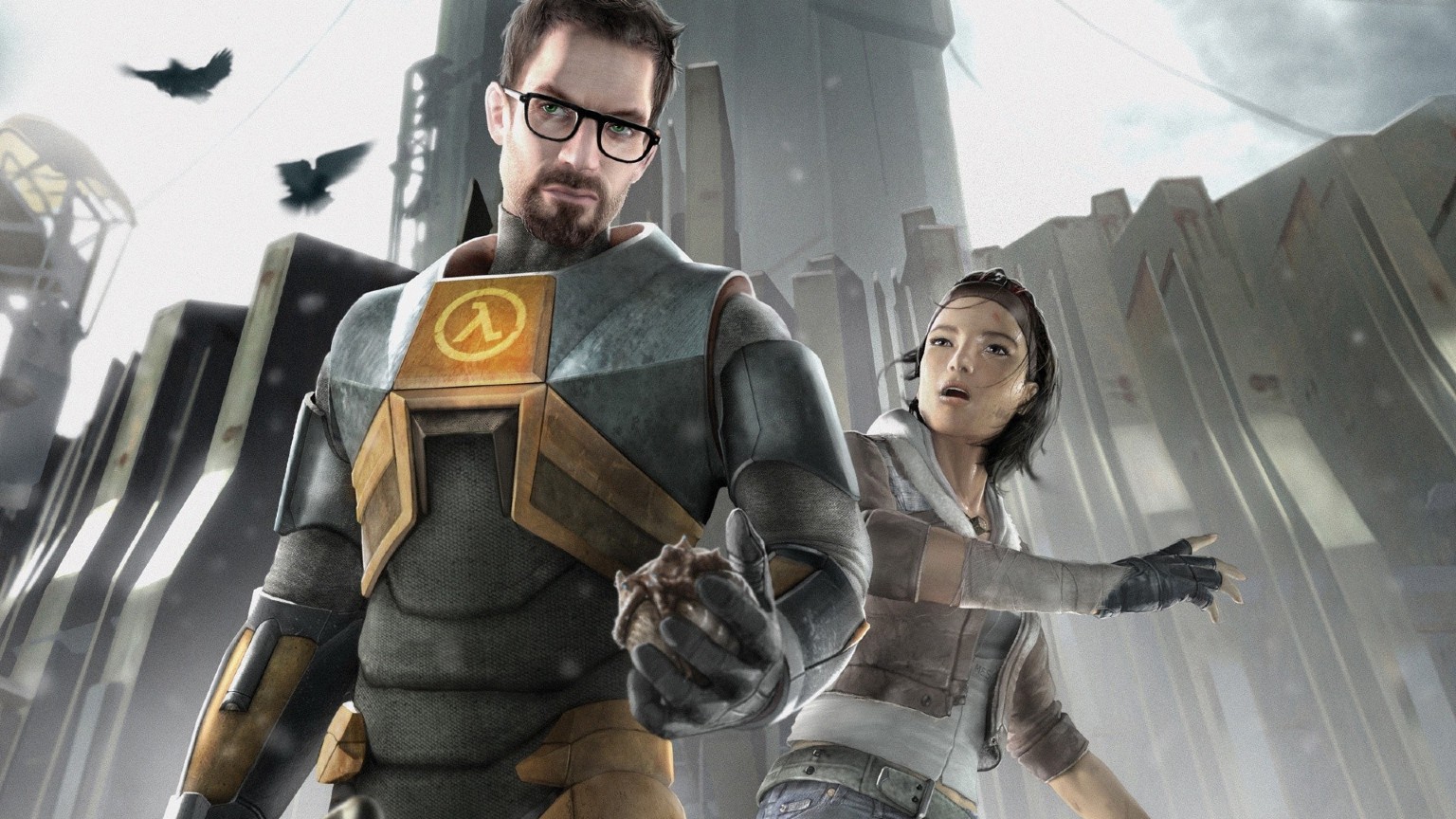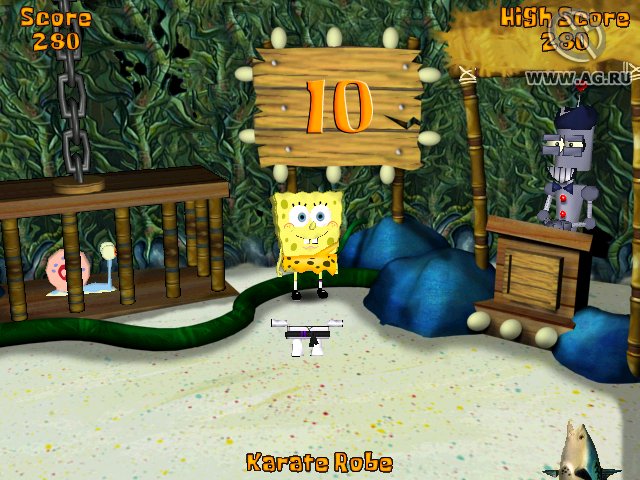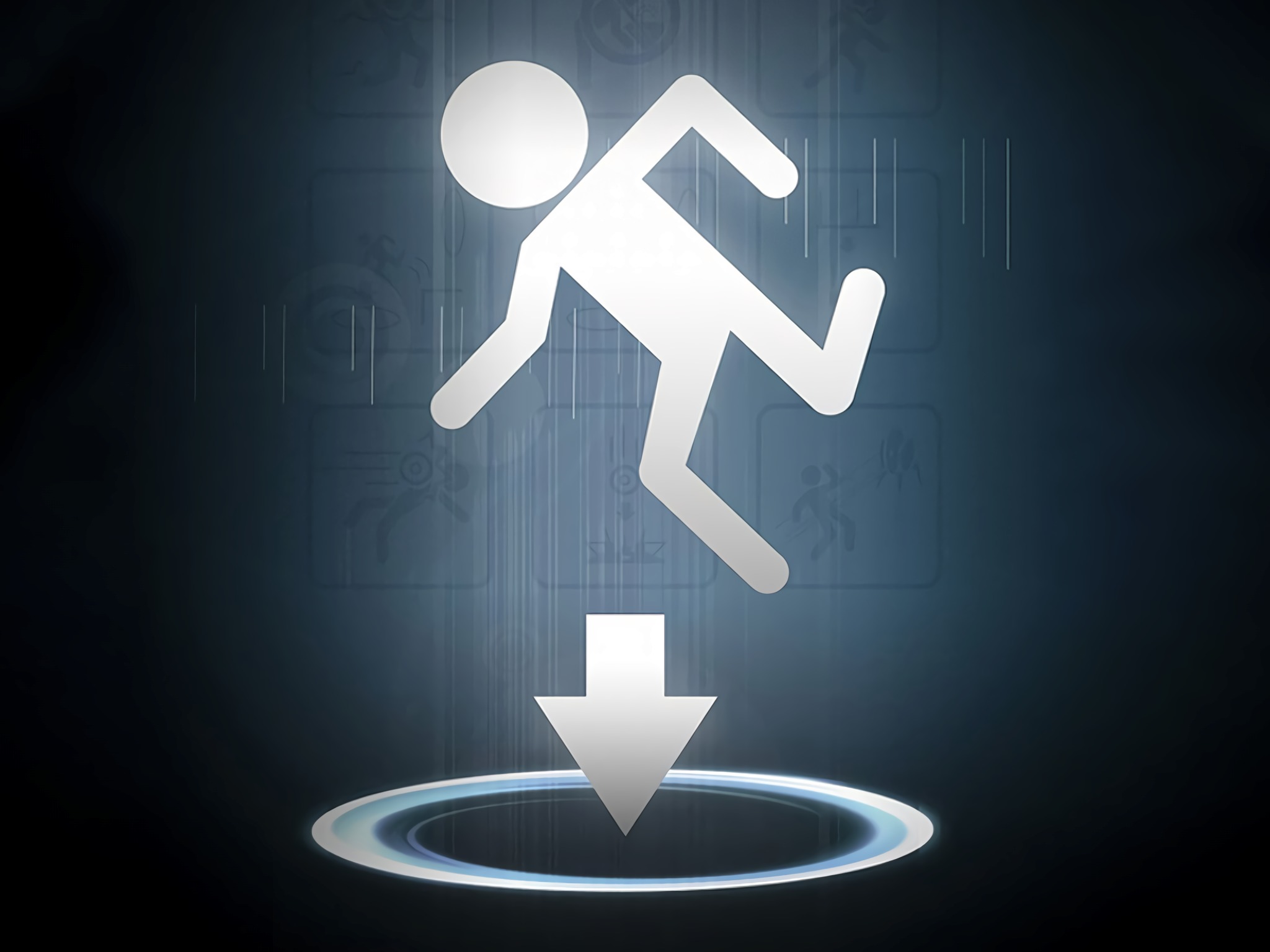
Speedrunning turns familiar games into challenges focused on how quickly they can be completed, often prioritizing clever tricks over traditional gameplay. Viewers are often surprised by the strange actions and visual errors runners use to save even a few seconds. These strategies prioritize speed over enjoying the game normally, leading to some hilariously unusual moments. Ultimately, these techniques show that finding ways to ‘break’ a game can be just as fun – or even more fun – than playing it the way it was designed.
‘Super Mario 64’ (1996)

The Backwards Long Jump is a technique in a Nintendo game where players can gain unlimited speed by repeatedly jumping backwards on stairs or hills. This allows them to break the game’s physics, passing through doors and climbing endless stairs. It’s done by rapidly jumping and bumping against walls until the game’s collision system fails. Mastering this trick is key to quickly reaching and defeating Bowser, even without collecting all the stars.
‘GoldenEye 007’ (1997)

Okay, so as a GoldenEye speedrunner, let me tell you, a huge part of the game involves staring at the floor. It sounds crazy, but it’s a trick to make the game run faster. See, the old Nintendo 64 had limited power, and the game actually runs better when it doesn’t have to draw as much stuff. Looking down minimizes what the game needs to render, which somehow makes Bond move quicker! It basically turns this awesome spy shooter into a weird competition of who can examine carpet textures the most intensely. It’s still one of the strangest – and most famous – glitches people remember when talking about optimizing old FPS games.
‘The Elder Scrolls V: Skyrim’ (2011)

In the game, players can clip through walls using a simple trick: holding an item like a plate or bucket against a surface and then running into it. This works because the game’s physics engine has trouble figuring out collisions when something gets stuck between the player and a wall. Players who speedrun the game take advantage of this glitch to quickly skip large sections and even bypass important parts of the story. It looks pretty silly – seeing your character run straight into a plate and then disappear into the wall – but it’s an effective shortcut!
‘Half-Life 2’ (2004)

Okay, so I’ve discovered this crazy glitch in Half-Life 2 called Accelerated Back Hopping. Basically, you just keep jumping backwards, and the game’s engine actually adds to your speed each time – it’s a weird quirk of how Valve built things. It lets me build up insane momentum, way faster than the game intended! It’s wild to watch – I’m flying backwards through City 17, everything’s a blur, and I’m basically breaking the game. The best part? It completely skips over all the vehicle parts and those long cutscenes. It’s a total time-saver, honestly!
‘The Legend of Zelda: The Wind Waker’ (2002)

The ‘Zombie Hover’ is a tricky technique in the game where players can make Link float endlessly in the air. It’s done by intentionally letting Link die at the same moment he’s being healed by the Tingle Tuner. A built-in feature meant for connecting with other players accidentally lets Link stay afloat by quickly pressing buttons. This causes Link to vibrate and move erratically, allowing skilled players to bypass large sections of the game and reach areas much earlier than intended. It’s like he’s buzzing across the water without needing a boat or wind!
‘SpongeBob SquarePants: Battle for Bikini Bottom’ (2003)

Okay, so I recently discovered this crazy technique in the SpongeBob platformer – it’s called Cruise Boosting. Basically, you use the Bubble Cruise missile to launch SpongeBob way farther than you’re supposed to, and it’s all about exploiting the game’s physics. It’s a really old game, made by Heavy Iron Studios, and people are still finding insane ways to break it. Honestly, controlling SpongeBob while you’re doing it is a nightmare – he kinda spazzes out and it takes a ton of precise controller work just to stay airborne. It takes this super cute, kid-friendly game and turns it into a surprisingly technical skill challenge. It’s all about mastering the air!
‘Castlevania: Symphony of the Night’ (1997)

In the game, Alucard can move much faster through the castle by using a shield and repeatedly backdashing instead of walking. This particular game, created by Konami, lets players backdash continuously without any delays, making it a smooth way to get around. Essentially, players control Dracula’s son as he slides backwards through the entire adventure, avoiding most fights. This clever trick lets players quickly navigate the castle’s halls and even skip battles altogether.
‘The Legend of Zelda: Ocarina of Time’ (1998)

Okay, so there’s this crazy glitch in the game called the Infinite Sword Glitch. Basically, it messes up Link’s sword so it’s always out, even when he’s running around! It happens because of how the developers programmed the crouch stab – if you interrupt it with something else, the sword’s attack range just… stays active. It looks hilarious, honestly, like Link’s running around with a permanently glowing stick. But it’s not just funny; it’s actually super important because a lot of advanced movement techniques, like hovering, are built on top of this glitch. It’s a foundational trick for speedrunners and glitch hunters!
‘Portal’ (2007)

Save glitching is a technique in the game that uses quick saving and loading to separate the camera from the player, allowing them to move through walls. Although the game’s puzzles are designed to prevent this, the way the game saves allows players to bypass these barriers. This causes the player character to appear stuck or float through objects while the player explores areas outside the intended level, often using elevators. It looks like a glitch in the camera rather than a planned feature.
‘Mirror’s Edge’ (2008)

The ‘Kick Glitch’ in the game lets players move incredibly fast by combining a jump with a melee attack. It happens because the game’s smooth parkour system is exploited by repeatedly using combat animations to build up speed. When players do this, it looks like their character is constantly kicking while flying across rooftops, much faster than normal running. This constant animation canceling makes the game’s fluid movement look jerky and chaotic.
‘Fallout 3’ (2008)

A technique called “Reload Dashing” lets players quickly move around the game world by manipulating weapon reload animations, essentially launching them forward. Similarly, players can traverse the vast wasteland incredibly quickly by intentionally breaking their character’s leg animations and sliding. This creates a bizarre effect where the player character appears to teleport across the map. These glitches transform the serious, survival-focused game into a fast-paced, and often comical, series of slides and jumps.
‘Halo 2’ (2004)

Sword Flying is an advanced technique in Halo where Master Chief can cover large distances by canceling a sword strike on an enemy. It works because the energy sword has a built-in lock-on feature that keeps his momentum going if you quickly switch to another weapon. Skilled players can use this to leap across entire levels and even bypass long sections that are normally traveled by vehicle. Instead of fighting on foot, it lets the Chief effectively fly through the air like a superhero.
‘Super Metroid’ (1994)

Mockballing is a technique in Super Metroid where Samus can roll at normal running speed even while in her morph ball form. It’s done by performing specific actions during a jump. Developed by Nintendo R&D1, this clever use of the game’s physics lets players bypass barriers that normally require the Speed Booster upgrade. This allows skilled players to access late-game areas and items right from the beginning, skipping much of the intended game progression.
‘Dark Souls’ (2011)

The Sen’s Gate Skip is a clever trick that lets you pass through a large gate by exploiting a flaw in the game’s camera system. Instead of fighting, it relies on tricking the game engine into not displaying the gate, essentially making it disappear. By looking away at just the right moment, players can walk through what appears to be a solid wall. This skip allows you to bypass two important bells that usually trigger the next stage of the game and jump straight into the later areas.
‘Pokemon Red’ (1996)

The Dokokashira Door Glitch is a trick in the game where players can use items to cause a programming error, instantly transporting them to the Hall of Fame. The game was originally built with some coding flaws, and players discovered they could exploit these to change how the game works by swapping items in their inventory. For example, the player character Red might walk out of a building and unexpectedly find himself in the final area, facing a team of glitched Pokémon. When the ending plays, the graphics become distorted and the text is garbled.
Tell us which one of these absurd strategies surprised you the most in the comments.
Read More
- Calvin Harris Announces India Debut With 2 Shows Across Mumbai and Bangalore in November: How to Attend
- The Relentless Ascent of Broadcom Stock: Why It’s Not Too Late to Jump In
- DOGE PREDICTION. DOGE cryptocurrency
- EQT Earnings: Strong Production
- Broadcom’s Quiet Challenge to Nvidia’s AI Empire
- Heights Capital Bets $16M on ImmunityBio: A Calculated Gamble?
- Why Rocket Lab Stock Skyrocketed Last Week
- Docusign’s Theatrical Ascent Amidst Market Farce
- How to Do Sculptor Without a Future in KCD2 – Get 3 Sculptor’s Things
- HBO Boss Discusses the Possibility of THE PENGUIN Season 2
2025-11-22 18:46